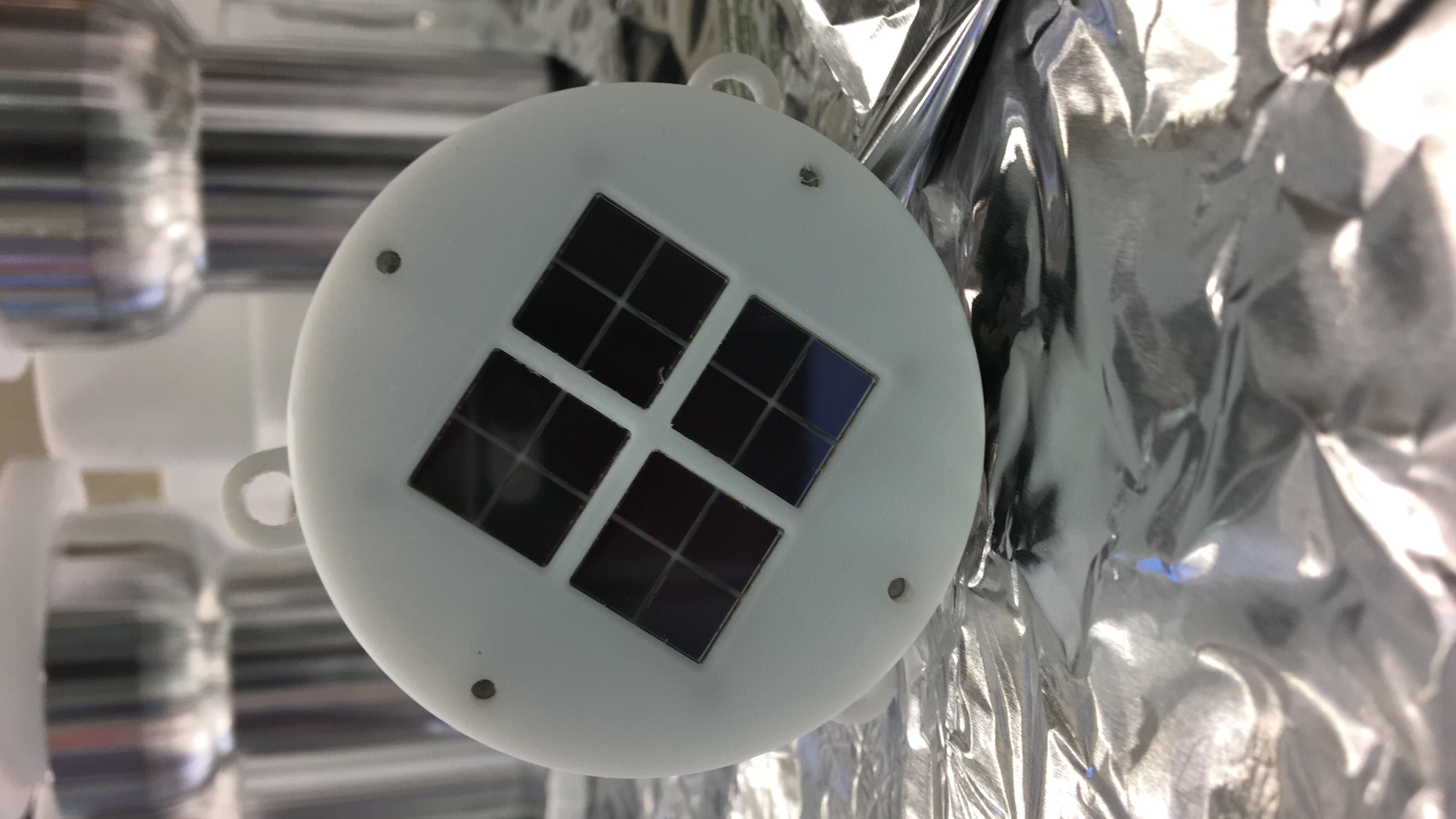 |
 |
| home |
| DARWIN |
| atpwiki |
| uzh physics |
Xenoscope at the University of Zürich |
||
XenoscopeXenoscope is a new project focused on essential, cutting-edge research towards the DARWIN experiment, the ultimate dark matter detector. DARWIN will be a multi-purpose observatory using a multi-ton liquid xenon (LXe) Time Projection Chamber (TPC), with the direct detection of dark matter as primary goal. This detector will achieve an unprecedented sensitivity that will be limited by the irreducible background of neutrino interactions. However, neutrinos themselves are also an interesting physics chanel for DARWIN. With a lower energy threshold than current neutrino experiments and its ultra low background level, DARWIN will even be sensitive to low energy solar neutrinos (pp, 7Be), as well as to the neutrinoless double beta decay of 136Xe, which has an abundance of 8.9% in natural Xe. Other rare-event searches with DARWIN will include the coherent neutrino scattering of 8B and galactic supernova neutrinos and the observation of axions and axion-like-particles.Funded by an ERC advanced grant, the Xenoscope research started in October 2017 with the goal of specifying the required input for the technical design of a 50 t detector to be realised by the DARWIN collaboration.
R&D of the Xenoscope projectAs part of the Xenoscope project, the optimization of the light readout in TPCs will be studied using both state-of-the-art Photomultiplier Tubes (PMTs) and novel, solid-state photon detectors, as VUV-sensitive silicon photomultiplier (SiPM) arrays. A TPC with a 4-p photosensor coverage will be constructed for the first time and low-background materials will be identified and characterized, not only for the photosensors, but for all components of the TPC.Another objective of the Xenoscope project is to address background reduction techniques through several parallel approaches:
DARWIN DemonstratorThe final objective of Xenoscope is to design, build and operate a full scale, 2.6 m high LXe TPC as a prototype for a 50 t DARWIN LXe observatory. The main goals are to address the key requirements for drifting electrons over a distance of 2.6 m and to determine the required fast circulation and purification rate of LXe. |
||

